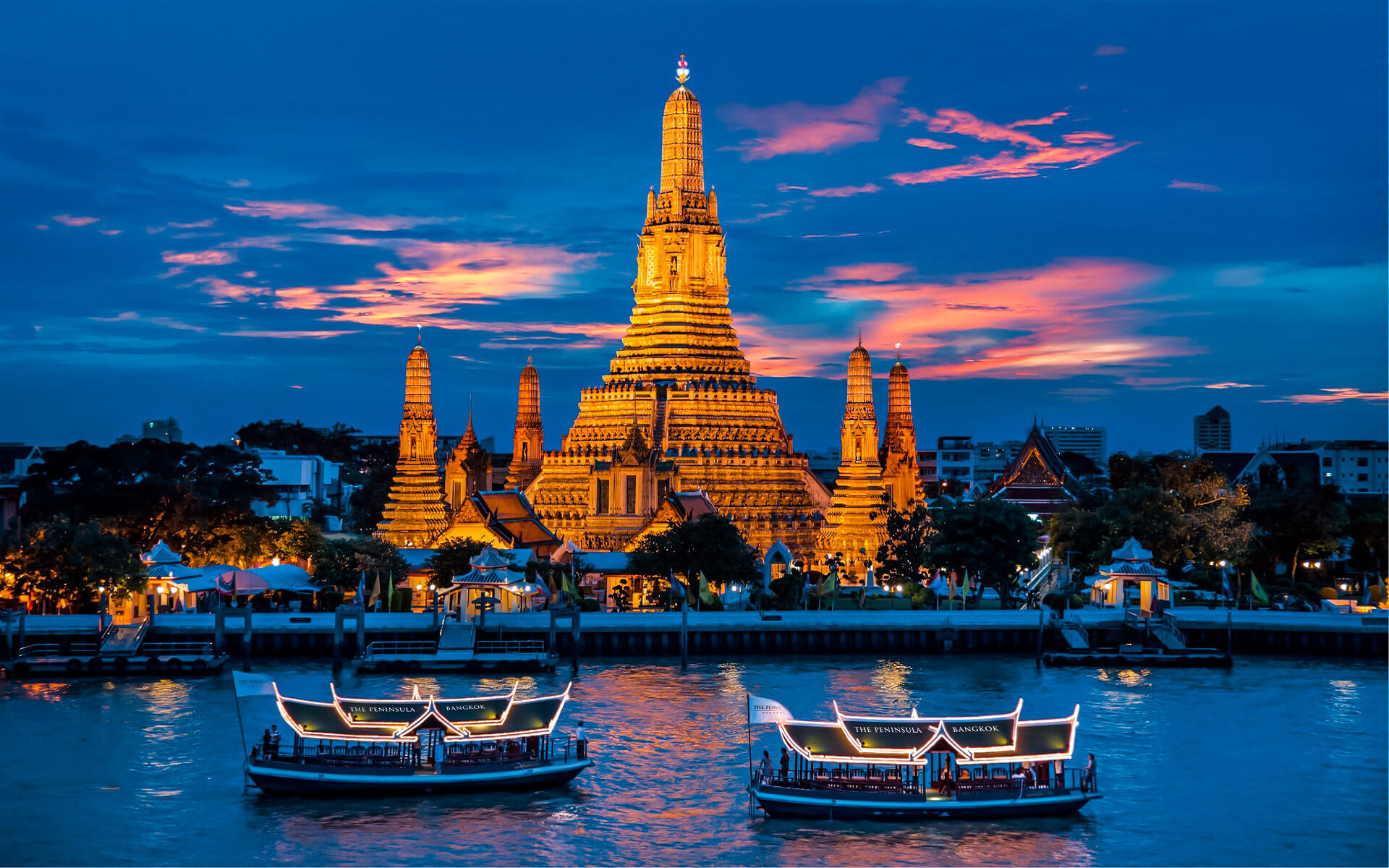Bangkok is Thailand’s capital and most populated city.
The metropolis has a population of about 8 million people and covers 1,568.7 square kilometers (605.7 square miles) on the Chao Phraya River delta in Central Thailand.
Its high-rise buildings, terrible traffic congestion, searing heat, and raucous nightlife may not instantly make you feel welcome — but don’t let that deceive you. It is one of Asia’s most cosmopolitan cities, with stunning temples and palaces, real canals, bustling marketplaces, and a thriving nightlife that caters to all tastes.
It was merely a tiny trade port on the banks of the Chao Phraya River for many years until King Rama I, the first king of the current Chakri dynasty, made it the capital of Siam in 1782, after the destruction of Ayutthaya by Burmese invaders. Bangkok has now become a national treasure, serving as Thailand’s spiritual, cultural, political, economic, educational, and diplomatic center.
During the Asian investment boom of the 1980s and 1990s, numerous multinational businesses chose Bangkok as the location for their regional headquarters. The city is currently a prominent regional financial and commercial powerhouse. It has grown as a regional center for the arts, fashion, and entertainment, as well as an international hub for transportation and health care.
The city is well-known for its bustling street life, cultural monuments, and infamous red-light districts. The ancient Grand Palace and Buddhist temples like as Wat Arun and Wat Pho contrast with other tourist attractions such as Khaosan Road and Patpong’s nightlife districts.


